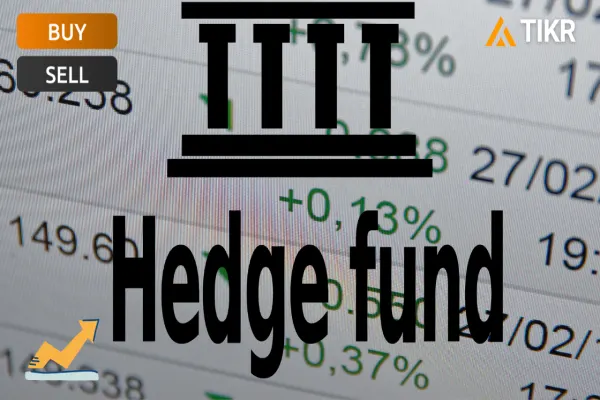Hedge funds play a significant role in the market, and when they begin investing in a company, it often indicates increasing institutional confidence. This early activity can be a precursor to sustained performance.
For individual investors, navigating through extensive data can be daunting. Each quarter, numerous funds submit their 13F reports, listing their holdings as of the end of the previous quarter. While the information is publicly accessible, interpreting it in relation to a company’s financial narrative can be challenging.
TIKR simplifies this process by allowing users to easily analyze institutional holdings, identify which funds own a particular stock, and connect ownership trends to essential financial metrics—all from one platform. It provides insights into which stocks are favored by major funds, along with immediate access to valuation, revenue, and profitability details to assess if the underlying fundamentals align with the interests.
Step 1: Locate the Ownership Section
To start, search for any stock within TIKR and navigate to the Valuation > Ownership tab. This section reveals the current shares held by institutional investors, including hedge funds and mutual funds. Focus on identifying prominent, high-conviction funds that are likely to make moves based on solid research, especially with well-recognized names like Viking Global or Coatue Management.
Step 2: Identify High-Conviction Holdings
While TIKR may not directly show quarter-over-quarter ownership changes, you can gauge conviction by examining the size of positions and the concentration of funds. Larger allocations, where a stock makes up a significant portion of a fund’s portfolio, are more meaningful than smaller investments. Pay attention when several reputable funds include a stock among their top holdings, as this indicates thorough analysis and expected robust returns.
Step 3: Align Fund Buying with Fundamentals
Understanding hedge fund ownership is just the beginning; it’s crucial to evaluate whether those holdings align with the company’s fundamentals. Transition from the Ownership tab to review the Financials and Valuation sections on TIKR, focusing on metrics like revenue growth and free cash flow to determine if the fundamentals match up with institutional interest.
Step 4: Identify New Names in Recent 13F Filings
Hedge funds file their 13Fs within 45 days after the quarter ends, meaning updated data arrives in February, May, August, and November. TIKR’s Ownership section shows these new filings, helping you easily track the latest disclosed holdings, which can indicate growing interest in certain stocks.
Step 5: Concentrate on Reputable, High-Quality Funds
Not every hedge fund has equal standing; some use quantitative tactics while others focus on long-term fundamental investments. TIKR enables you to pinpoint quality by reputation and position size, highlighting significant holders like Viking Global or Coatue Management, which signals thorough research and conviction in their long-term strategies.
Conclusion
Tracking hedge fund holdings isn’t merely about mimicking trades; it is about recognizing early conviction and validating it through fundamentals. TIKR provides a consolidated view of ownership, financial strength, and valuation history, facilitating better decision-making for investors.
FAQs
How frequently are hedge fund holdings updated?
Hedge fund holdings are filed quarterly, with 13F disclosures due within 45 days of quarter-end, generally in February, May, August, and November.
Does hedge fund purchasing guarantee profits?
While hedge fund buying does not always ensure gains, significant acquisitions by reputable funds in undervalued stocks can signal growing institutional conviction.
Can I directly view hedge fund ownership in TIKR?
Yes, TIKR allows direct access to hedge fund ownership details under the Ownership tab, listing institutional investors along with their positions and ownership percentages.
How can I confirm a hedge fund’s positions?
TIKR provides links to SEC filings for each company, allowing you to confirm original Form 13F submissions for verification.
What should I do if a new hedge fund appears in a stock I own?
When a new hedge fund invests in a stock you own, it’s wise to investigate further and review TIKR’s Financials to see if improving fundamentals support this new interest.



